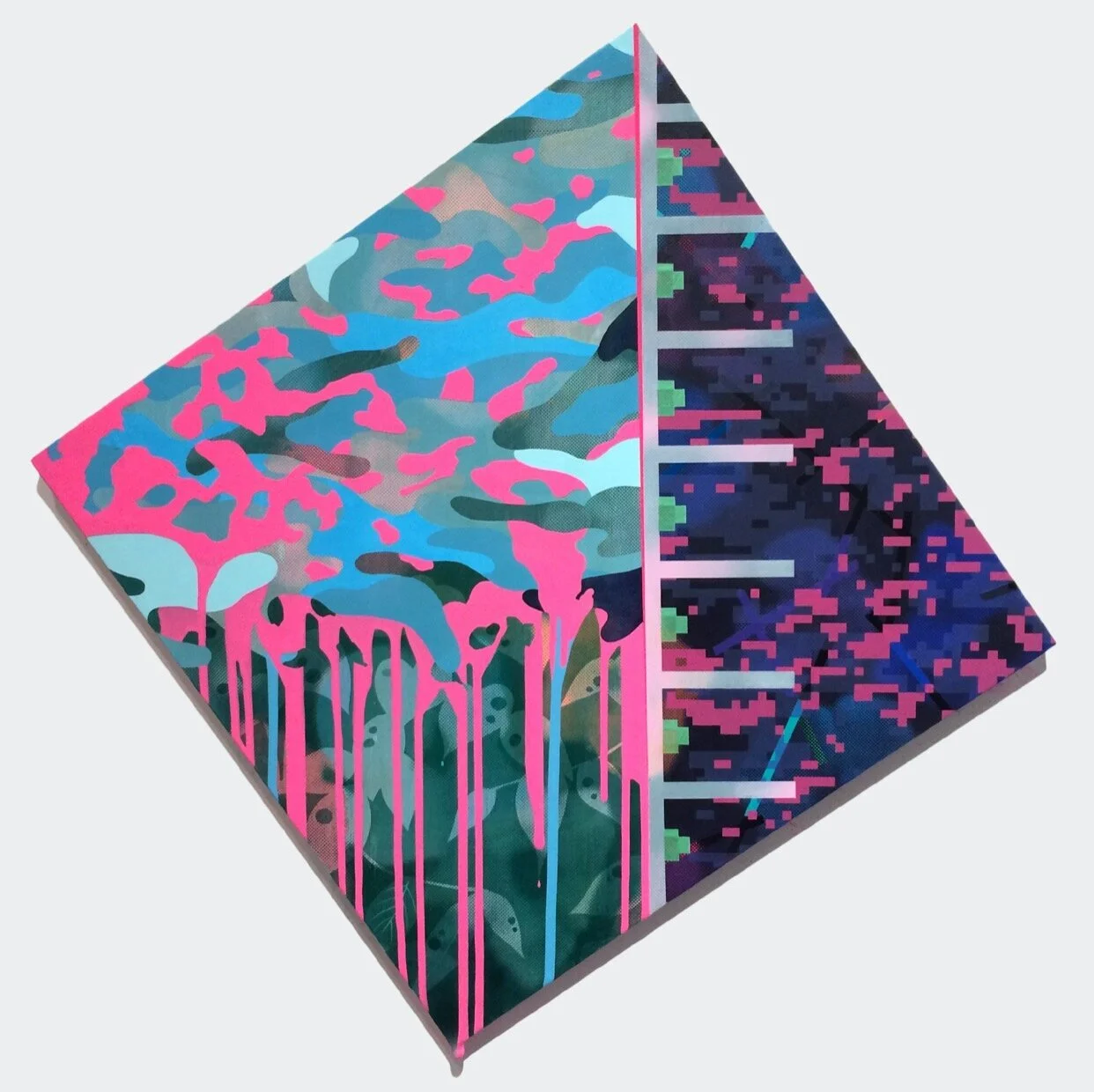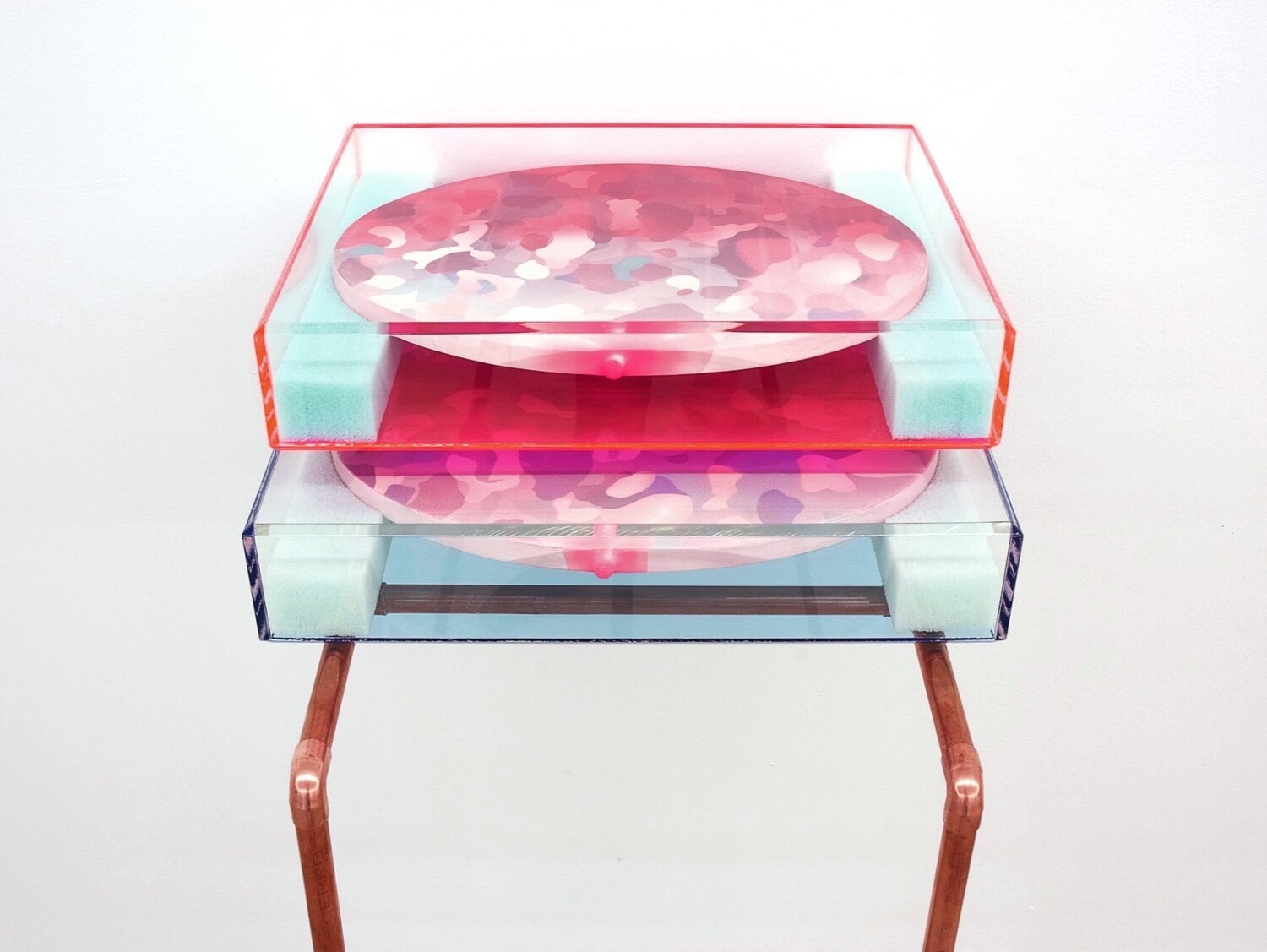IN THE STUDIO WITH HIDENORI ISHII
2019 FST StudioProjects Fund recipient, Japanese artist Hidenori Ishii (b. 1978, lives and works in New York) welcomes us into his new studio space in Long Island City and describes how nuclear and radiation research has molded his art practice.
by Myriam Erdely, September 2020
Thank you for inviting me into your new space! In 2019, you won a grant from the FST StudioProjects Fund, which was created by Frederieke Sanders Taylor in order to help artists defray the cost of their studios in New York City. How has the FST StudioProjects Fund grant changed your practice?
Thanks to the Fund, I took advantage of the opportunity and finally made up my mind to move to a bigger space in March as the scale of my work increased and I had started outgrowing my old studio space in which I had spent 8 years. And now I have windows for the first time in NY (this is my fourth studio) and the light from the windows definitely changed the way I see my work.
What are some of the details you noticed right away due to this new natural lighting?
Some painters do not like inconsistent lighting due to several reasons; but I think my paintings are strong enough to shine through really awful color temperature or too much dimness. And with these new large windows in the new space, it’s just refreshing to see how the paintings look at different times of day. Also, I have some works with colored plexiglass and it’s so interesting to see how they interact with the natural lighting in the space.
Tangent I, 2014, acrylic and Kuricoat C-720 (synthetic resin) on panel, 28 x 28 inches
Have you been able to work in your new space with the current social distancing Covid-19 regulations? How has the pandemic affected your routine?
The statewide shelter-in-place happened right around the time of the move and after moving things in, I was not able to go back to set up the new studio space for a long time. Which was a bit frustrating at the beginning, but I slowly started going back in there to restart in a way. Seeing no one in the streets and in the studio building; where usually many design and production firms were active, was quite a surreal feeling if I recall. Following the stories on the radio or YouTube while working there; it felt like a complete isolation both physically and emotionally.
At first glance, your work is very bright and colorful, but there seems to be an underlying darkness that lingers underneath layers of patterns and imagery, can you tell me a bit more about the issues you are trying to uncover?
I actually didn’t think of or realized this until recently, but my work has very much been affected by and is somewhat of a response to current events. I mean, when I look back at my work from my grad school years at the Maryland Institute College of Art in Baltimore, they were also, but somehow it just got clearer during this pandemic - maybe I had enough time to look back or it happened while re-organizing my stuff in the new space. I came to the United States in 1997 to study environmental science but ended up studying art at the College of Visual and Performing Arts George Mason University in Virginia, and learning the Western history of art. My interest in the field of science has always been apparent in my work throughout the years.
For instance, I’ve been working on this ongoing series called IcePlants, which is based on my observation, response and projection of the 2011 nuclear spill in Fukushima Daiichi nuclear plants. And I’ve been expanding my research beyond this specific location and visiting actual sites to witness the transformation first-hand; in 2016, on the 30th anniversary of the Chernobyl disaster, I visited the Chernobyl exclusion zone which is where the nuclear accident happened.
FTM (FOLLOW the MAP) F & N, 2015-17, acrylic, Kuricoat C-720 (synthetic resin) on cast urethane, memory foam, acrylic panel, copper - a set of two, 16 x 15 x 35 inches
That visit must have been an incredible experience. Can you speak more about what you witnessed and how has your work aesthetic changed from seeing the site?
I remember some of my friends were telling me to watch HBO’s Chernobyl miniseries at some point, and several months later, I finally watched all 5 episodes at once on a 12- hour flight to Japan! I recognized some scenes and objects from the pictures I took during my trip. Observing the abandoned buildings and the powerful presence of nature in the evacuated zone was an incredible and surreal experience. One of highlights of the trip was seeing the actual remote-controlled robots/vehicles on display on the way to the Chernobyl site, which appear in the show as well. These robots are designed to withstand the super high radiation zone where humans cannot tolerate, although many did not and have “died” near the reactor’s core. It was striking to be reminded that even those inorganic machines could also not last and I had strange feelings while seeing those corpses after 30 years and freshly re-painted in bright colors!
To read the rest of this interview please go to www.myriamerdely.com/interviewhidenori-ishii


